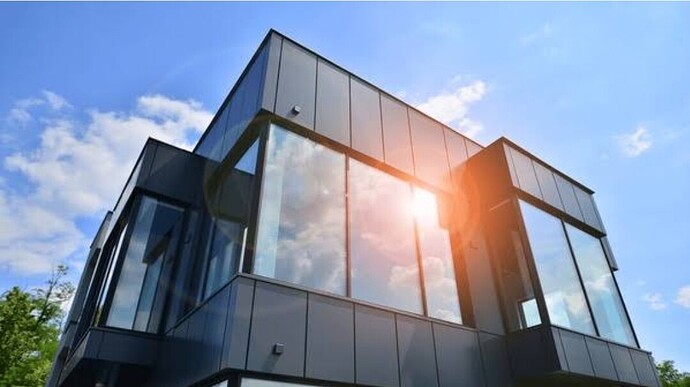Energy efficiency is another advantage of glass cladding. Modern glass panels often include double or triple glazing, low-emissivity coatings, or insulating layers that reduce heat transfer. These features help maintain consistent indoor temperatures, reducing reliance on heating and cooling systems. Energy-efficient glass cladding also contributes to lower utility bills and supports sustainable design practices in residential construction.
Structural considerations are critical when implementing glass cladding. Glass panels must be securely anchored to the building frame using specialized mounting systems such as metal brackets, channels, or curtain wall frameworks. The type of glass, panel thickness, and support system must be carefully selected to ensure durability, resistance to wind loads, and safety. Laminated or tempered glass is commonly used to prevent breakage and enhance structural integrity.
Design flexibility makes glass cladding suitable for a range of residential projects. Panels can be clear, frosted, tinted, or patterned, providing privacy without sacrificing light. Frameless or minimal-frame designs create a seamless, uninterrupted surface, while decorative glass elements add character and visual interest. Glass cladding can be combined with other materials such as wood, stone, or metal to create unique contrasts and highlight architectural features.
Installation and maintenance are important factors in the performance and longevity of glass cladding. Professional installation ensures precise alignment, proper sealing, and secure attachment. Seals and gaskets prevent water infiltration, protect against air leaks, and maintain insulation performance. Regular cleaning is necessary to preserve transparency and aesthetics, while periodic inspections ensure that fasteners and sealants remain intact and functional.
Safety and building codes are critical considerations. Glass cladding must meet local building regulations and safety standards, including impact resistance, fire performance, and load-bearing capacity. Using certified materials and hiring experienced contractors ensures compliance and reduces the risk of accidents or structural issues.
Trends in residential glass cladding emphasize transparency, minimalism, and integration with smart home technologies. Dynamic or electrochromic glass allows homeowners to adjust opacity for privacy or light control. Combining glass cladding with energy-efficient windows, shading devices, or photovoltaic panels further enhances sustainability and modern living.
In conclusion, glass cladding offers a versatile and contemporary solution for residential architecture. By enhancing aesthetics, maximizing natural light, improving energy efficiency, and supporting innovative design, glass cladding transforms homes into modern, elegant, and functional spaces. Proper planning, professional installation, and regular maintenance ensure that these benefits are realized while maintaining safety, durability, and long-term performance.

